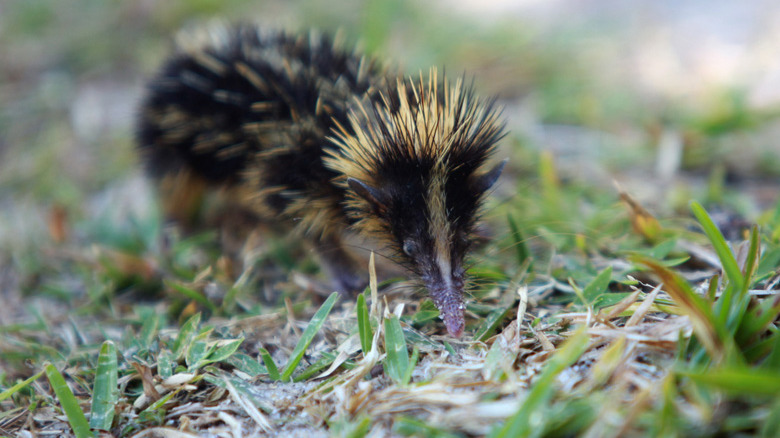Question: Do all bees make honey?


Answered by Jess Mullins, a PhD student at the University of California San Diego
What do you think of when you think of a bee?
Black and yellow stripes? Honey? Large hives? Queens?
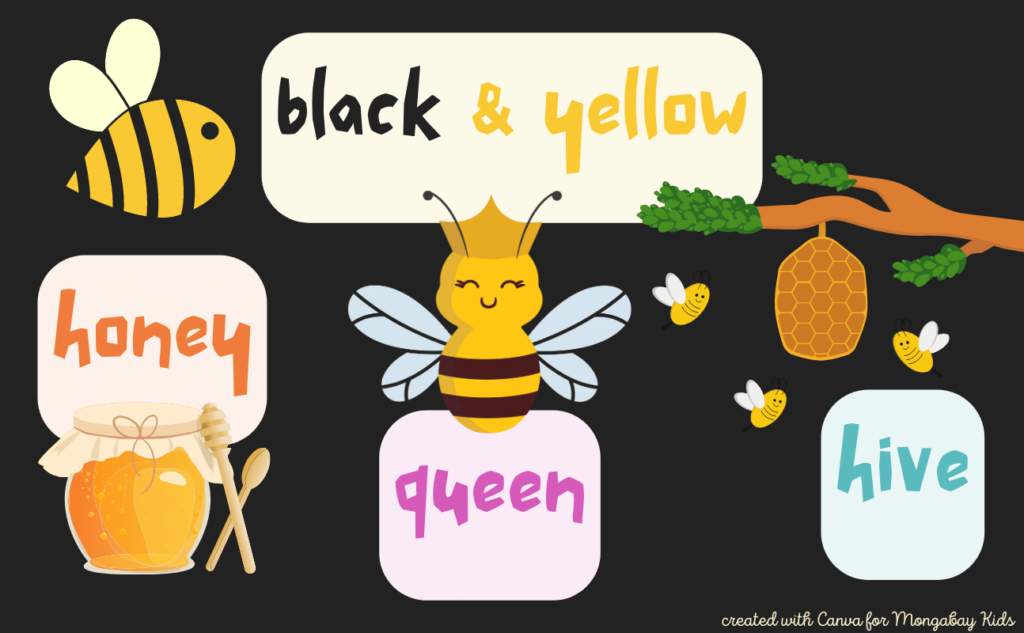
Honey, large hives, and queens are all features of honey bees! There are 8 species of honey bees in the world. And every continent except for Antarctica has one of these species in common: Apis mellifera, the western honey bee.
Apis mellifera is is originally from Europe, Africa, and Asia. People have transported this honey bee around the world because it pollinates many of the crops we like to eat!
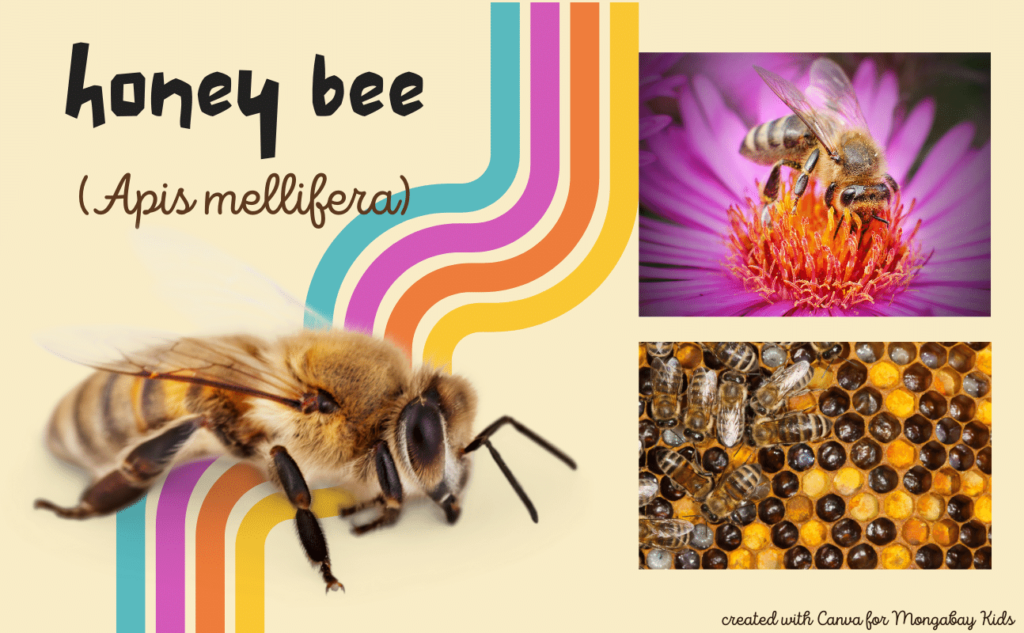
Why do honey bees make honey?
Apis mellifera makes honey out of nectar, which they sip from flowers. Honey can be stored for a long time in the hive to feed new generations of bees. Bees make honey to plan ahead!
The stored honey feeds the bee colony when there are no flowers around to drink nectar from. This is important because honey bees are perennial. That means they are active all year round. They need food to eat, so they make honey to last through those long flowerless periods.
Most types of bees don’t make honey
Did you know that there are over 20,000 species of bees in the world? Most of these bees do not make honey or live in colonies, and they can be all colors of the rainbow.
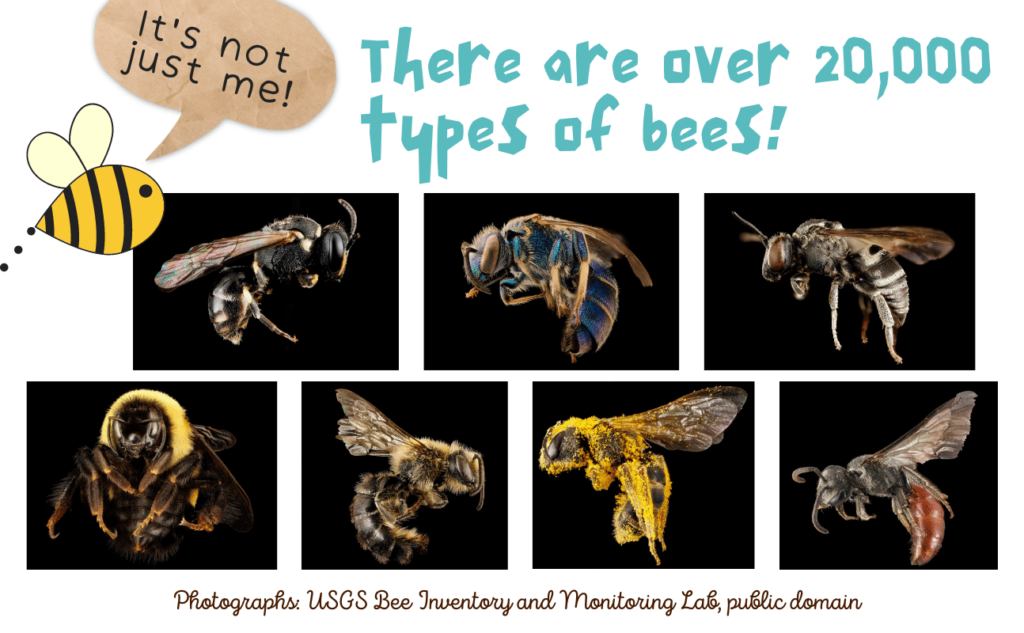
Most bees are solitary
Most bees are solitary, and one mother builds a single nest for one egg. In each nest cell, the mother bee places a small ball of pollen and nectar that she has collected. She lays an egg on top of this ball. The mother seals this nest cell and her work is complete.
A solitary mother bee can make anywhere from 5 to 30 of these nest cells in her life and she never meets any of her offspring.
Inside the nest cell the egg hatches into a larva – it looks like a little, white worm! The larva eats all of the food its mother collected, growing bigger and bigger, before it turns into a pupa. After a long winter, the pupa matures into an adult with wings. The adult bees are the bees we see flying around!
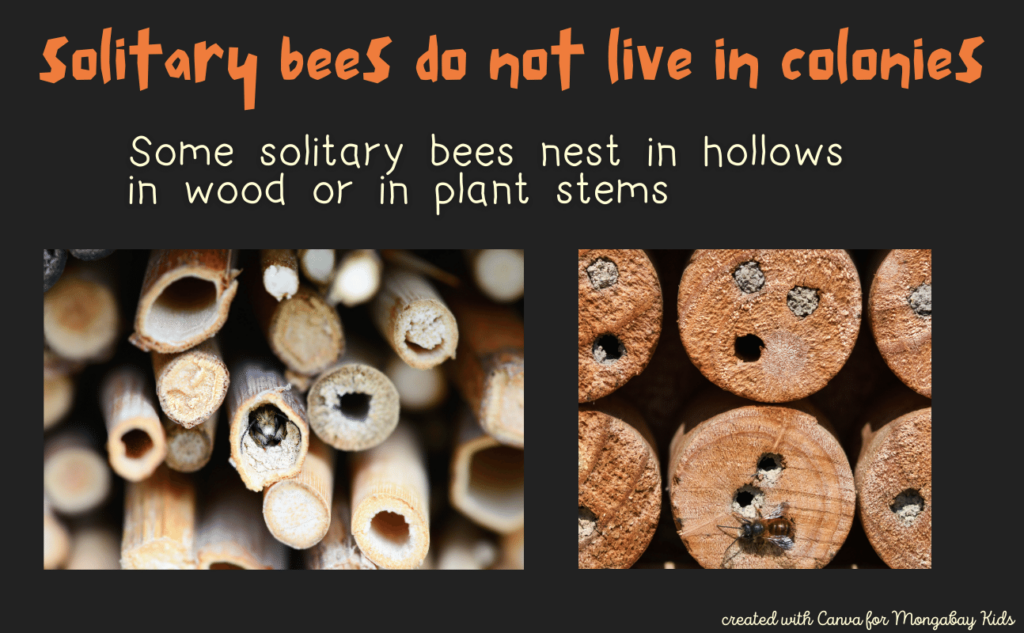
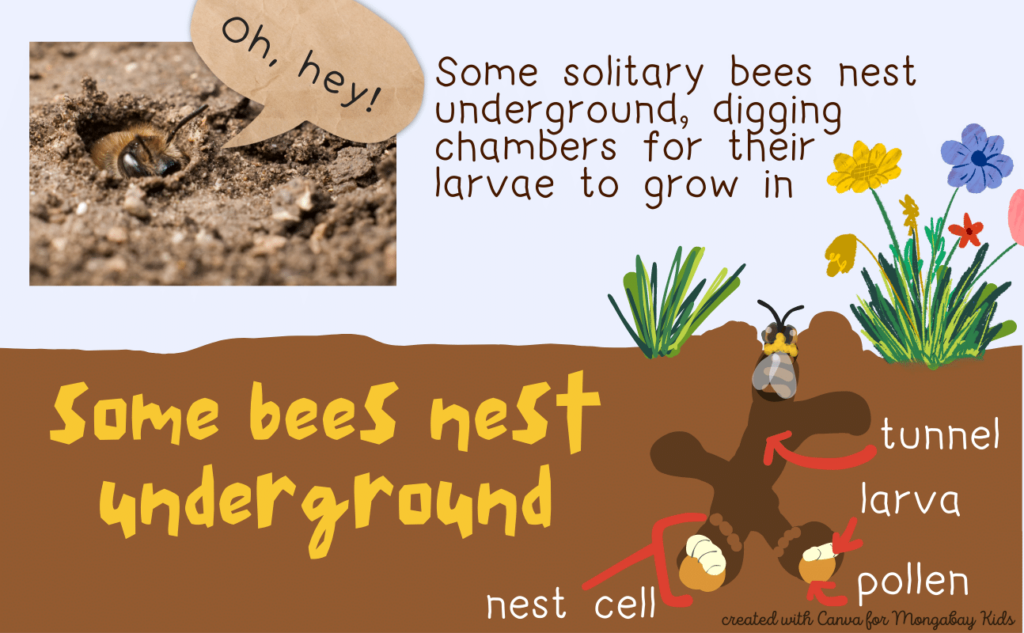
You may also like these stories
We need bees. How can you help?

Are any bee species endangered?
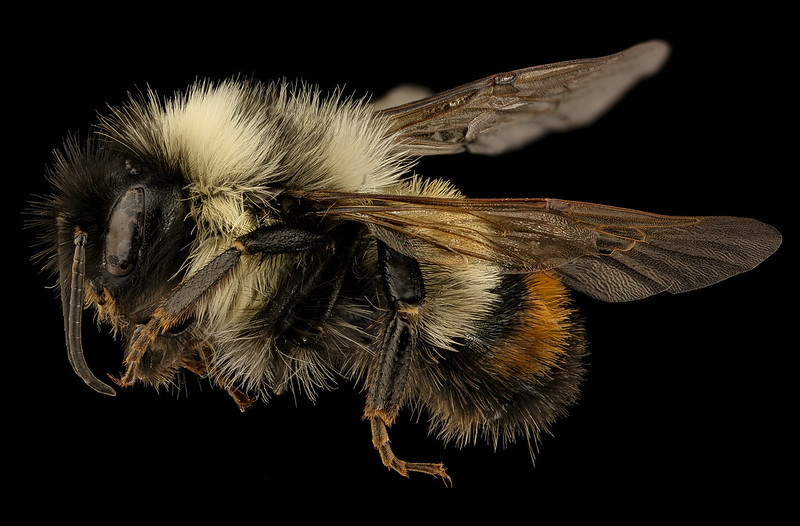
Dive deeper with this article from Mongabay India: No honey, no hives, but solitary bees have important lives
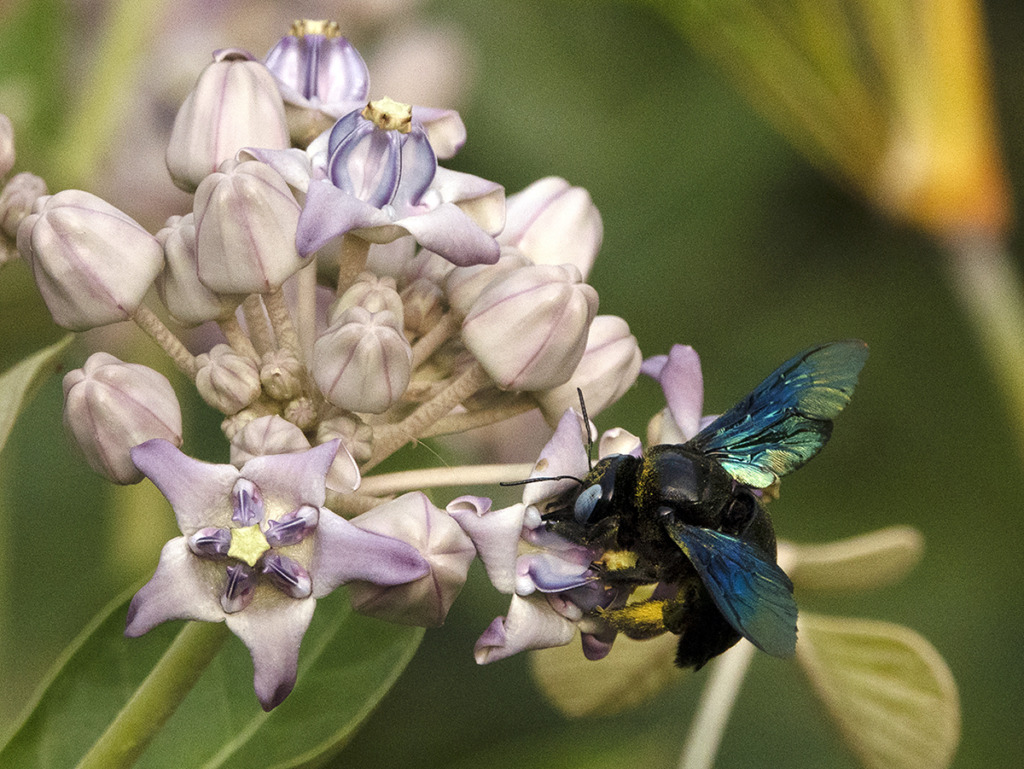
Bee resources
Museum of the Earth virtual bee exhibit: https://www.museumoftheearth.org/bees
Amazing bee photographs from USGS Bee Inventory and Monitoring Lab:
Comprehensive resource on honey bees from ASU Ask a Biologist: Bee Bonanza
Excellent bee activity book about bees of Oregon and how they help make food, from foodhero.org, OSU, and other partners
Graphics: designed by Megan Strauss via Canva.com
Editors: Megan Strauss, David Brown for Mongabay Kids
*Mongabay Kids is not responsible for content published on external sites.




